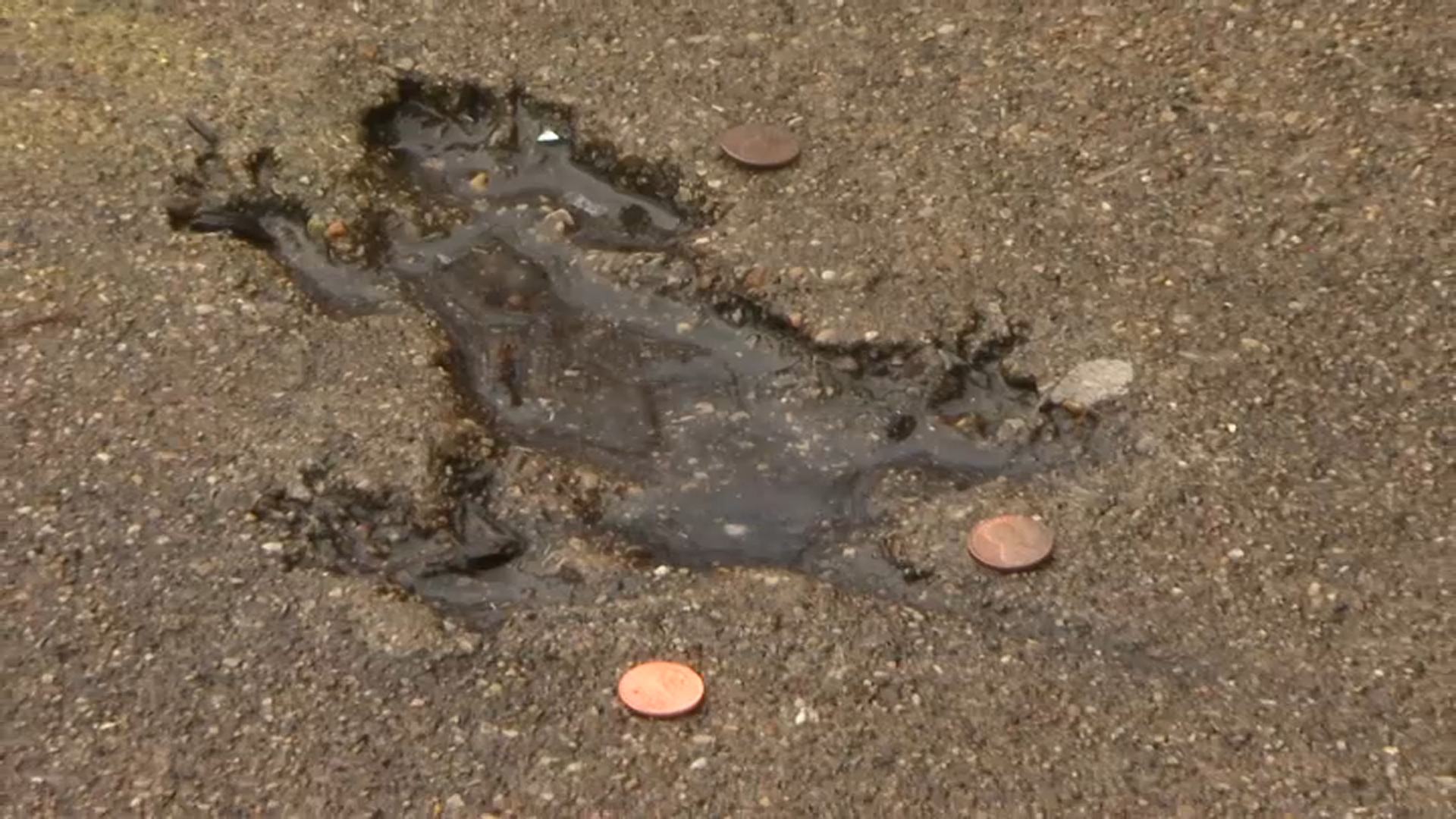
Illinois health officials reported 11,995 new COVID-19 cases over the past week, along with 43 additional deaths over the past seven days
Cases climbed slightly from last week, when 11,447 new cases were reported, which marked another slight increase over the previous week.
This week, three Illinois counties are at a high level of COVID-19 transmission and 26 Illinois counties have seen a medium level of transmission over the past week, the latter being a marked increase from 16 counties last week.
The Illinois counties currently at a high community level are:
Feeling out of the loop? We'll catch you up on the Chicago news you need to know. Sign up for the weekly Chicago Catch-Up newsletter here.
- Warren County (Located in Western Illinois)
- Knox County (Neighbors Warren County)
- Saline County (Located in Southeastern Illinois)
Health experts are strongly encouraging residents to receive both flu shots and the bivalent COVID-19 boosters with cases of both viruses expected to rise in the colder months.
“For those who have not gotten the new bivalent booster or the flu shot, NOW is the best time to get fully immunized and protected, while COVID-19 community levels are still relatively low. As we are currently experiencing a sharp increase in severe pediatric respiratory diseases that is resulting in a shortage of pediatric beds – and at the same time facing the prospect of a fall and winter surge of COVID-19 and other illnesses affecting all of us – I am strongly recommending the latest COVID-19 and flu shots for all those who are eligible. These immunizations are especially important for anyone over 50, immunocompromised, or those with chronic medical conditions,” IDPH Director Dr. Sameer Vohra said.
Local
According to health officials, an average of more than 29,000 bivalent boosters were administered across the state each day, more than triple the average for much of the summer.
There are currently Moderna and Pfizer bivalent boosters available, with the Moderna booster approved for those 18 years and older and the Pfizer booster approved for ages 12 and up.
Initially, the Moderna COVID-19 Vaccine, Bivalent, was authorized for use as a single booster dose in individuals 18 years of age and older and the Pfizer-BioNTech COVID-19 Vaccine, Bivalent, was authorized for use as a single booster dose in individuals 12 years of age and older. On October 12, the CDC authorized the updated COVID-19 vaccines from Pfizer-BioNTech for children ages 5 through 11 years, and from Moderna for children and adolescents ages 6 through 17 years.
In all, 3,796,038 cases of coronavirus have occurred in the state since the pandemic began, according to the latest data from the Illinois Department of Public Health. The additional deaths bring Illinois to 35,168 confirmed COVID fatalities.
According to IDPH, the preliminary seven-day statewide case rate is 94 COVID cases per 100,000 Illinois residents, a rise from the 90 cases per 100,000 residents reported a week prior.
As of midnight Thursday, 1,060 patients were hospitalized due to COVID in the state, up from last week's 929 patients. Of the current patients, 124 are in ICU beds, and 51 are on ventilators.
A total of 24,478,907 vaccine doses have been given in Illinois since vaccinations began in December 2020. More than 70% of Illinois residents are fully vaccinated against COVID, with more than 78% receiving at least one dose. More than 55% are also boosted.
In the counties at "medium" risk level, the CDC recommends the elderly and immunocompromised wear a mask in indoor public places and receive COVID vaccinations and booster shots, if eligible.



